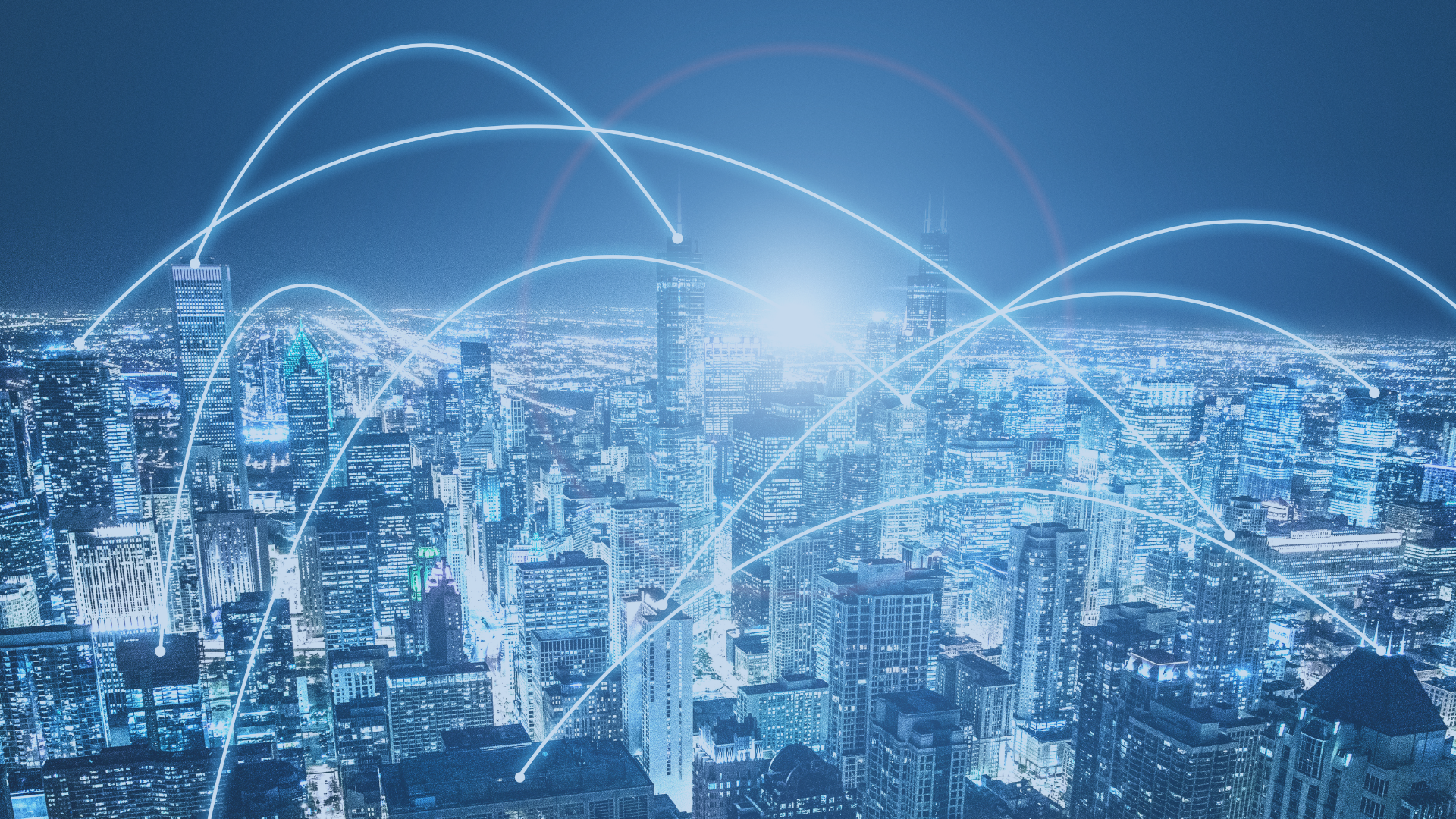Integrating Internet of Things (IoT) technology into commercial real estate (CRE) is revolutionizing how properties operate, making buildings more intelligent, efficient, and profitable. As the demand for digitally connected spaces continues to rise, CRE stakeholders must understand how IoT-driven smart buildings enhance operational efficiency, tenant experience, and sustainability while providing data-driven insights to drive leasing success.
Enhancing Operational Efficiency
IoT sensors and smart devices embedded throughout a building continuously collect real-time data on HVAC, lighting, security, and occupancy. This data is leveraged by AI-powered analytics to optimize energy consumption, predict maintenance needs, and streamline operations.
By aligning with predictive maintenance algorithms and automation, IoT technology helps reduce equipment failures and costly repairs—ultimately increasing asset profitability. For landlords and ownership groups, this means fewer operational inefficiencies and a leasing strategy that prioritizes both cost savings and tenant satisfaction.
Improving Tenant Experience
Smart buildings prioritize occupant comfort and convenience. IoT-powered solutions such as personalized climate control, automated lighting, seamless access control, and real-time parking management create a frictionless experience for tenants and visitors.
Beyond physical amenities, IoT integration supports digital concierge services, interactive wayfinding systems, and mobile apps that provide instant access to building features, event schedules, and on-demand services. These high-tech, convenience-driven experiences contribute to stronger tenant retention—ensuring that buildings remain competitive in the leasing market.
Sustainability and Energy Efficiency
Sustainability is no longer optional in CRE—it’s a competitive advantage. IoT technology enables smart buildings to monitor energy consumption in real time and automatically adjust systems to reduce waste and carbon emissions.
Smart thermostats, occupancy-based lighting, and AI-optimized HVAC systems ensure buildings maintain peak efficiency without compromising tenant comfort. Moreover, IoT-powered analytics generate actionable insights by analyzing historical energy data and occupancy patterns, allowing owners to make data-driven decisions that continuously lower operating costs and maximize ROI.
Data-Driven Decision Making
The data generated by IoT sensors enables data-driven decision-making for building owners and managers. By analyzing occupancy patterns, space utilization, and tenant preferences, stakeholders can make informed decisions regarding space allocation, leasing strategies, and building improvements. Additionally, data analytics can identify opportunities for cost savings, revenue generation, and performance optimization, ultimately maximizing the return on investment for landlords and property owners.
Conclusion
As IoT continues to shape the future of smart buildings, its role in commercial real estate will only grow stronger. From optimizing operational efficiency and improving tenant experiences to advancing sustainability and data-driven leasing strategies, IoT-powered buildings are setting a new industry standard.
For CRE professionals looking to maximize leasing velocity, integrating technology-driven solutions is no longer an option—it’s a necessity. Those who embrace innovation will differentiate their assets, attract top-tier tenants, and drive long-term value in an increasingly digital market.
RealtyAds is helping commercial real estate find, advance, and close more deals by engaging decision-makers and their representation on the world’s most effective customer acquisition channels. For more information, visit RealtyAds.com and follow RealtyAds on LinkedIn, Facebook, and Instagram.

